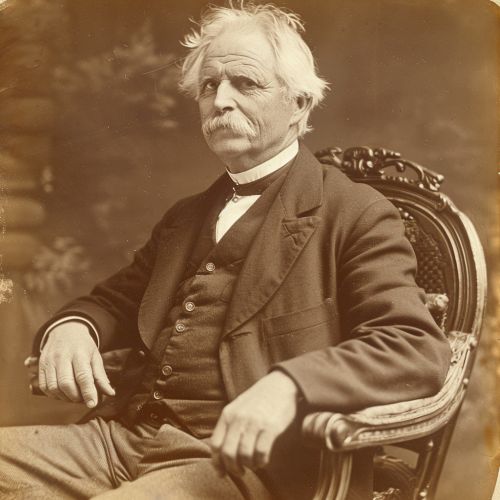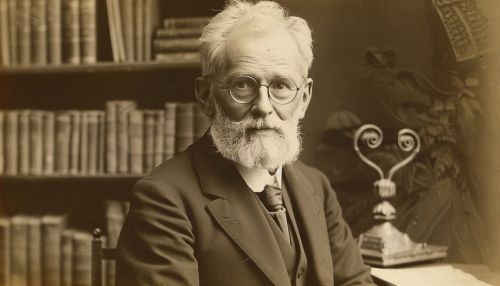Psychoacoustic model
Introduction
Psychoacoustics is the scientific study of sound perception and audiology. It can be broadly defined as the study of the psychological and physiological responses associated with sound (including speech and music). It combines the fields of acoustics, auditory physiology, and psychology.
History
The field of psychoacoustics has a rich history that dates back to the ancient Greeks, who were interested in the relationships between pitch and the physical properties of strings. However, modern psychoacoustics emerged in the 19th and 20th centuries with the work of scientists such as Helmholtz, Stumpf, and Fletcher.


Basic Concepts
Psychoacoustics involves a number of basic concepts, including frequency, amplitude, and timbre. These concepts are used to explain how we perceive sounds and how these perceptions can be manipulated.
Frequency
Frequency refers to the number of cycles of a wave that pass a given point in a second. It is measured in hertz (Hz) and is perceived as pitch. The human ear can typically hear frequencies between 20 Hz and 20,000 Hz.
Amplitude
Amplitude refers to the maximum extent of a vibration or oscillation, measured from the position of equilibrium. It is perceived as loudness. The human ear can typically detect sounds from 0 dB (threshold of hearing) to 120 dB (threshold of pain).
Timbre
Timbre, also known as tone color or tone quality, is the perceived sound quality of a musical note, sound or tone that distinguishes different types of sound production, such as voices and musical instruments.
Psychoacoustic Models
Psychoacoustic models are mathematical representations of the human auditory system. They are used in many applications, including audio coding, music synthesis, and noise control.
Masking
Masking occurs when the perception of one sound is affected by the presence of another sound. There are two types of masking: simultaneous masking (masking of sounds that are present at the same time) and temporal masking (masking of sounds that occur in close temporal proximity).
Critical Bands
The concept of critical bands, introduced by Fletcher, is central to many psychoacoustic models. A critical band is the frequency bandwidth of the auditory system, which is about 20% of the center frequency.
Loudness Models
Loudness models describe how the human auditory system perceives loudness. The most widely used model is the Fletcher-Munson curves, which describe the equal-loudness contours of the human ear.
Applications
Psychoacoustic models have many practical applications, including the design of sound systems, the development of audio codecs, and the study of noise pollution.
Sound Systems
Psychoacoustic models are used in the design of sound systems to optimize the listener's auditory experience. This includes the design of loudspeakers, headphones, and concert halls.
Audio Codecs
Psychoacoustic models are used in the development of audio codecs, which are used to compress audio data. The most well-known example is the MP3 codec, which uses a psychoacoustic model to remove sounds that are not perceptible to the human ear.
Noise Pollution
Psychoacoustic models are used in the study of noise pollution, which is a major environmental concern. They are used to measure and predict the impact of noise on human health and well-being.
